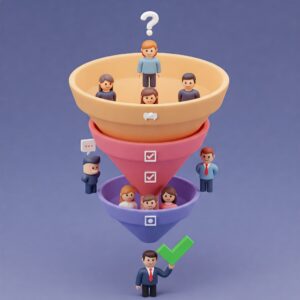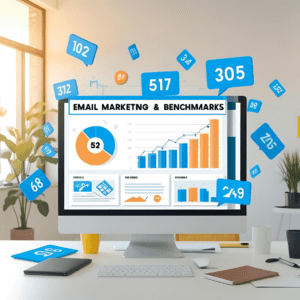Table of Contents
- Introduction
- Understanding the Psychology of E-commerce Consumers
- Psychological Triggers That Drive Online Sales
- E-commerce Sales Strategies Based on Consumer Behavior
- Conversion Optimization Through Consumer Psychology
- How to Influence Online Shopping Behavior
- Real-World Examples and Case Studies
- Conclusion
- FAQs
Have you ever wondered why some e-commerce stores seem to skyrocket in sales while others struggle to make a dent? The secret often lies in understanding the psychology of e-commerce consumers. By tapping into how consumers think, feel, and behave online, you can craft strategies that not only attract shoppers but also convert them into loyal customers.
In this article, we’ll explore how you can use consumer psychology to drive more sales in your e-commerce business. We’ll dive into practical strategies, real-world examples, and insights that will help you create a shopping experience that resonates with your audience.
Understanding the Psychology of E-commerce Consumers
To truly connect with e-commerce shoppers, you need to get inside their heads. Consumer psychology is all about understanding the thought processes behind purchasing decisions. Here are a few key factors that influence online shopping behavior:
- Emotions: People often buy based on feelings and justify with logic.
- Cognitive Biases: Concepts like “Fear of Missing Out” (FOMO) or “Social Proof” can heavily influence buying decisions.
- Perceived Value: How customers view the value of a product can be more important than its actual price.
“Customers don’t buy products, they buy experiences.” – A phrase that perfectly captures the essence of consumer behavior in e-commerce.
Psychological Triggers That Drive Online Sales
Want to know what makes consumers click ‘Buy Now’? It all comes down to psychological triggers. Here are some powerful ones to incorporate into your e-commerce strategy:
- Scarcity: Limited-time offers and low stock alerts create urgency.
- Reciprocity: Offering free samples or gifts can lead to more sales.
- Authority: Highlighting expert endorsements or certifications builds trust.
- Social Proof: Showcasing reviews and testimonials can increase conversions.
Visual Element Suggestion: Use images or infographics showing the impact of these triggers on sales metrics.
E-commerce Sales Strategies Based on Consumer Behavior
How do you apply psychology to your sales strategies? Here are a few actionable tactics:
- Personalization: Use data to create tailored shopping experiences.
- Storytelling: Build an emotional connection through brand narratives.
- Simplify Decision-Making: Offer curated product lists or ‘Best Sellers’ sections.
- Trust Signals: Include secure payment icons and clear return policies.
Conversion Optimization Through Consumer Psychology
Conversion optimization isn’t just about design tweaks and A/B testing—it’s about understanding what makes your customers tick. Here’s how to use psychology to boost conversions:
- Anchor Pricing: Display original prices alongside discounts to highlight value.
- Gamification: Implement rewards and points systems to increase engagement.
- The Decoy Effect: Offer three pricing options to nudge consumers towards the middle (and usually most profitable) choice.
How to Influence Online Shopping Behavior
Influencing behavior might sound manipulative, but when done ethically, it creates win-win scenarios for both businesses and consumers. Consider these techniques:
- Leverage Behavioral Nudges: Subtle cues that guide consumers towards desired actions.
- Engage the Senses: Use visuals, colors, and even sounds that evoke specific emotions.
- Create a Sense of Belonging: Foster a community feeling through brand interactions.
Real-World Examples and Case Studies
- Amazon: Master of personalization with “Recommended for You” sections.
- Starbucks: Leverages gamification with its loyalty rewards app.
- Warby Parker: Utilizes storytelling and transparency to build trust.
Conclusion
Understanding the psychology of e-commerce consumers isn’t just a nice-to-have skill—it’s a game changer. By applying the strategies and insights discussed in this article, you can create an e-commerce experience that not only meets your customers’ needs but also drives significant sales growth.
Ready to boost your e-commerce sales? Dive deeper into consumer psychology and transform your sales strategy today! For expert guidance and tailored strategies, connect with AdyCircle, your go-to partner for driving success in the e-commerce world.
FAQs
It involves understanding how online shoppers think, feel, and behave, allowing businesses to create strategies that boost sales.
By implementing psychological triggers like scarcity, reciprocity, and social proof, and personalizing the shopping experience.
Strategies like storytelling, behavioral nudges, and gamification are highly effective.
It helps businesses align their sales strategies with the needs and motivations of their target audience, increasing conversions.





